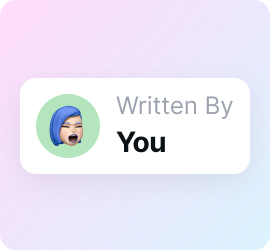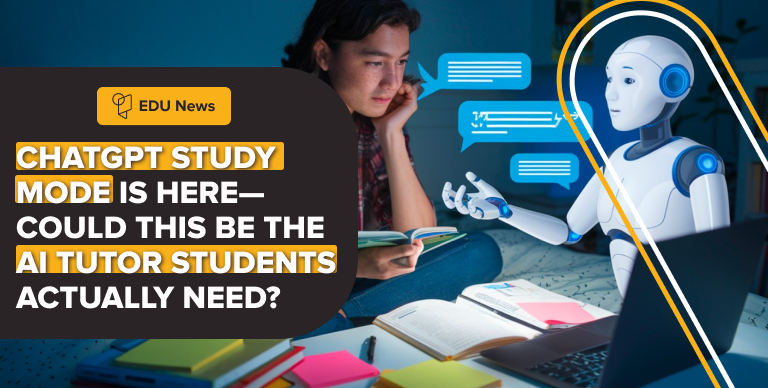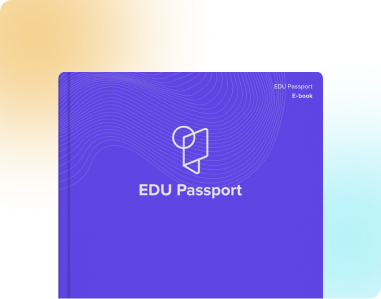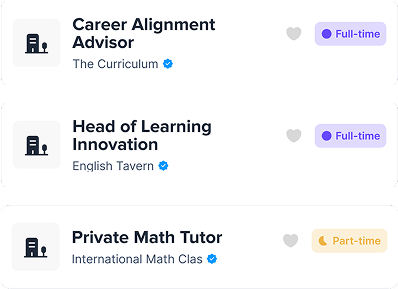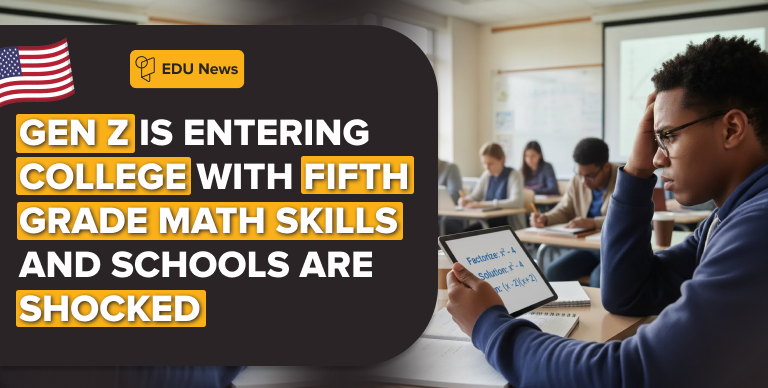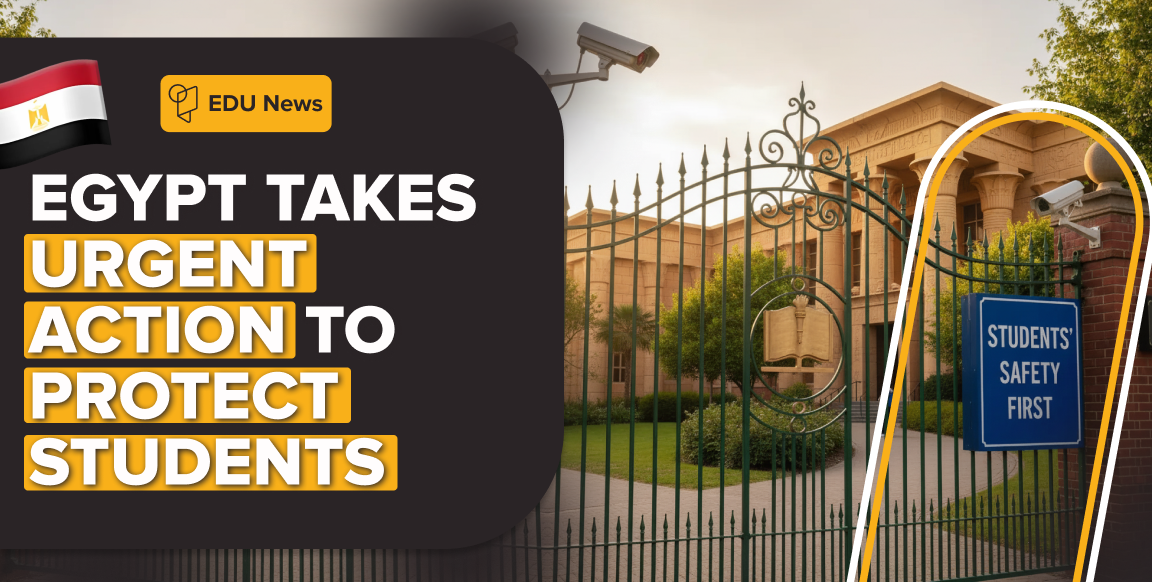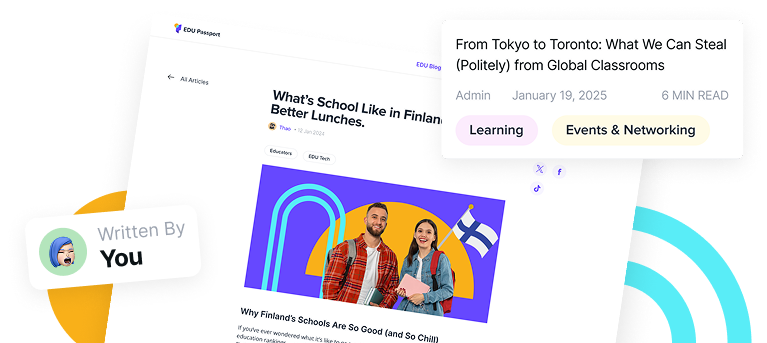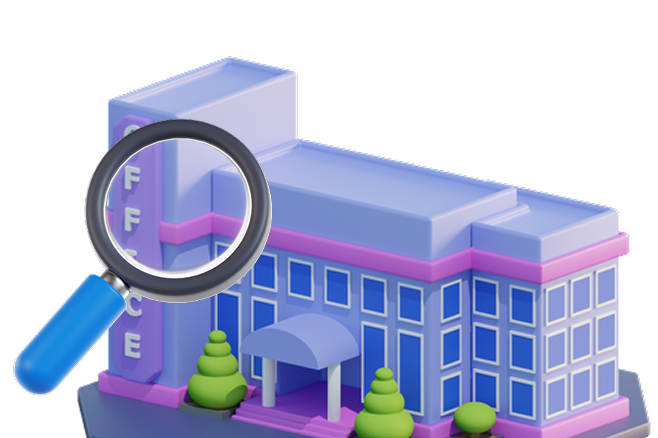AI just stepped into the classroom—but this time, it’s not giving answers. It’s asking questions.
OpenAI has launched Study Mode within ChatGPT—designed to help students learn, not cheat. Think of it as a patient study buddy that guides, quizzes, and adapts.
What Is Study Mode?
Study Mode shifts ChatGPT from “answer engine” to intelligent tutor. When enabled, it:
- Asks guiding, Socratic questions
- Breaks down complex topics step-by-step
- Provides quizzes to check understanding
- Adapts to each learner’s level
- Remembers past sessions (if memory is enabled)
- Supports PDF, image, slide uploads for digestible review
Designed with educators, cognitive scientists, and pedagogy experts OpenAIEducation Week
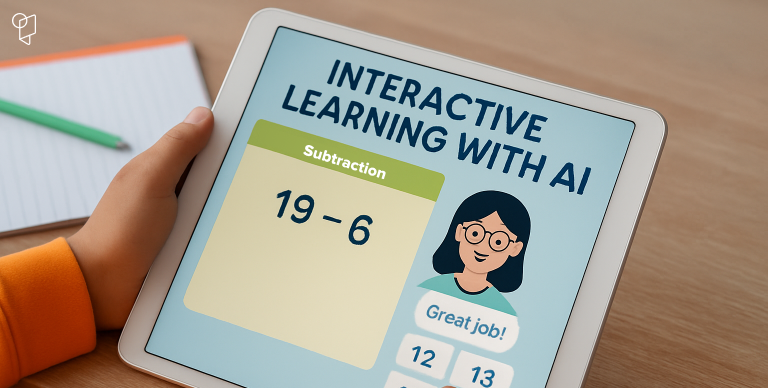
Built With Educators, For Learners
- In the UK, The Guardian notes Study Mode promotes responsible academic use over AI misuse The Guardian.
- Education Week (US) reports it’s the first step toward ensuring “real learning,” not shortcut essays Education Week.
- In India, uptake is high among students under 24—they’re using Study Mode actively for coursework The Economic Times.
Available to all ChatGPT tiers, with ChatGPT Edu access coming soon OpenAI Help CenterThe Times of India.
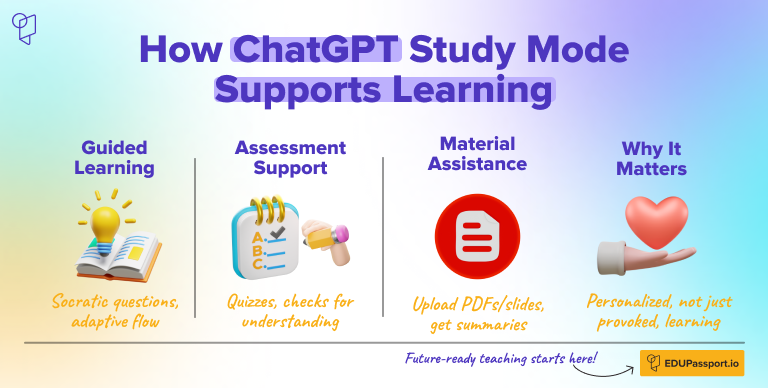
Will Students Use It Right?
Study Mode only helps if students engage with intent—not laziness. Its impact depends on:
- How schools introduce it
- Educator adoption and framing
- Student mindset toward active learning
It’s powerful—but still a tool. How you use it is everything.
What This Means for Educators
Study Mode is less threat, more ally:
- Supports personalized review
- Encourages independent study habits
- Enables differentiated instruction
- Boosts learning access in under-resourced classrooms
Think of it as scaffolding—and not a shortcut.
EDU Passport’s Take
This isn’t about replacing teachers—it’s about empowering them. Study Mode could bridge traditional learning with AI, proving that future education is human-centred and adaptive.
Your Turn
Would you introduce Study Mode in your institution?
Where do we draw the line between helpful support and overreliance?
Share with educators or students exploring AI-enabled learning.
Want More Insights Like This?
Sign up for updates from EDU Passport to stay ahead of the latest EdTech shifts, ethical hiring, and global trends that matter to educators.



